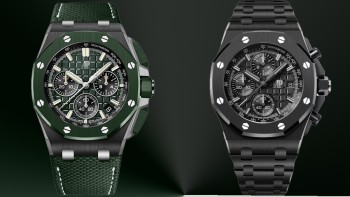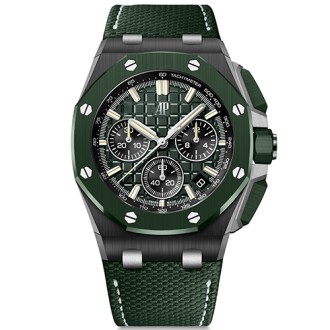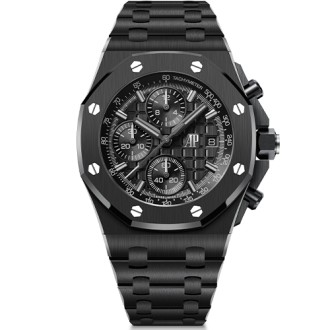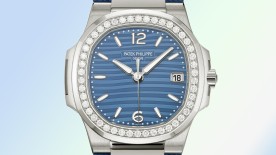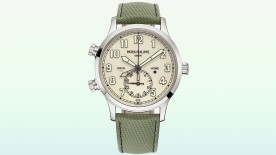3-6-9 or 6-9-12? At Audemars Piguet, they have a fondness for the multiplication table of 3—but above all, for Royal Oak duos. To celebrate its 150th anniversary, the Manufacture in Le Brassus is feeling particularly generous, kicking off the year with two new Royal Oak Offshore Chronograph models in the first quarter.
Spotting the differences between the two will be easier than usual. One measures 43mm in diameter, featuring a green dial, bezel, bracelet, and push-piece guards, with a subdial arrangement at 3, 6, and 9 o’clock. The other, at 42mm, is entirely black and opts for a 12, 6, and 9 o’clock subdial layout. This variation in the flyback chronograph’s design also leads to differences in the movement powering them: the first is equipped with the Caliber 4401, while the second features the Caliber 4404. So why present them together? The answer lies in a single word: ceramic.
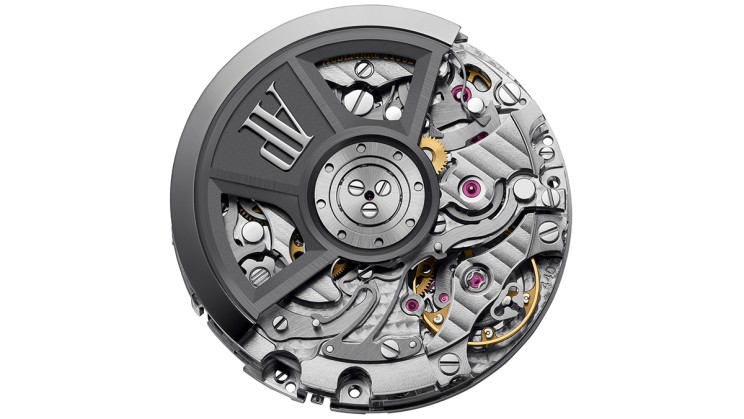
A long horological journey
Over the years, ceramic has become an essential part of Audemars Piguet’s identity. The Manufacture first explored it in 1986, but, as Thibaut Le Loarer, Head of Research at the brand, explains:
"It took us ten years of development for ceramic to be truly elevated and earn its place alongside steel, titanium, and carbon. Mastering its creative potential was a decisive step, allowing the brand to push material innovation far beyond expectations."
Today, ceramic is deeply embedded in the DNA of many watch brands. The Swatch Group has its own production unit (Comadur), supplying entities across the Biel-based giant, from Blancpain and Omega bezels to Rado cases, among others. LVMH is also a key player, led by Hublot and, of course, the pioneering Chanel with its J12.
A key element of AP’s identity
However, Audemars Piguet has taken a distinctly different approach. Firstly, ceramic itself is not the main attraction of the watch—it is merely the material. It serves the horological vision rather than defining it. This is why it is used in Royal Oak Offshore models, which, as the ultimate sports watches, demand enhanced durability for intensive wear.
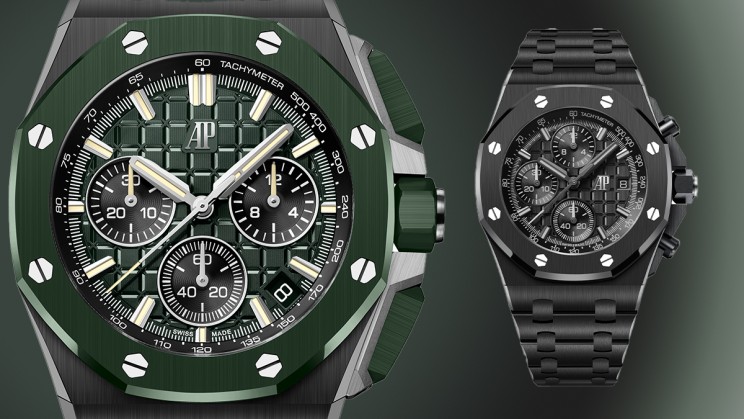
Secondly, ceramic is treated on par with gold, steel, or platinum, meaning it must achieve the same level of finishing as these traditional metals—a much more challenging feat. Ceramic, by nature, is extremely dense and resistant to satin brushing or mirror polishing. Audemars Piguet spent a decade refining its finishing techniques until the results were flawless. This is evident in the complex geometries of these two models, from the screw-down crown to the breathtaking full-ceramic bracelet of the black edition, where the brushed central links contrast with polished bevels.
